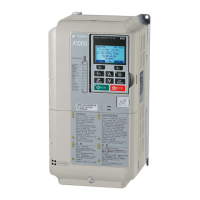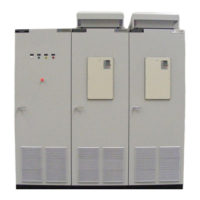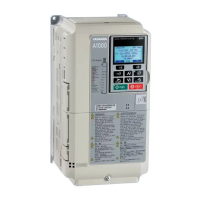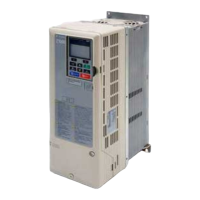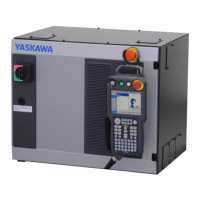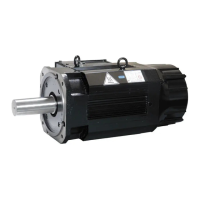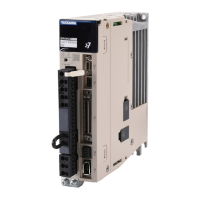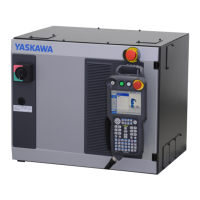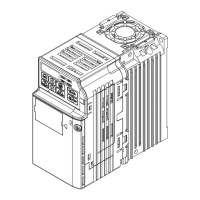5.3 C: Tuning
170 YASKAWA ELECTRIC SIEP C710616 27C YASKAWA AC Drive A1000 Technical Manual
■ C3-24: Motor 2 Slip Compensation Selection during Regeneration
Functions for motor 2 in the same way that C3-04 functions for motor 1.
Refer to C3-04: Slip Compensation Selection during Regeneration on page 168 for details on adjusting this parameter.
Setting 0: Disabled
Setting 1: Enabled (6 kHz and above)
Setting 2: Enabled (compensation provided wherever possible)
◆ C4: Torque Compensation
The torque compensation function compensates for insufficient torque production at start-up or when a load is applied.
Note: Make sure the motor parameters and V/f pattern are set properly before setting torque compensation parameters.
■ C4-01: Torque Compensation Gain
Sets the gain for the torque compensation function.
Torque Compensation in V/f, V/f w/PG, and OLV/PM:
The drive calculates the motor primary voltage loss using the output current and the termination resistor value (E2-05 for
IM, E5-05 for PM motors) and then adjusts the output voltage to compensate insufficient torque at start or when load is
applied. The effects of this voltage compensation can be increased or decreased using parameter C4-01.
Torque Compensation in OLV:
The drive controls the motor excitation current (d-axis current) and torque producing current (q-axis current) separately.
Torque compensation affects the torque producing current only. C4-01 works as a factor of the torque reference value that
builds the torque producing current reference.
Adjustment
Although this parameter rarely needs to be adjusted, changing the torque compensation gain in small steps of 0.05 may
help in the following situations:
• Increase this setting when using a long motor cable.
• Decrease this setting when motor oscillation occurs.
Adjust C4-01 so that the output current does not exceed the drive rated current.
Note: 1. Refrain from adjusting torque compensation in Open Loop Vector Control, as it can have a negative effect on torque accuracy.
2. Refrain from adjusting this parameter in OLV/PM. Too high a value can cause overcompensation, resulting in motor oscillation.
■ C4-02: Torque Compensation Primary Delay Time
Sets the delay time used for applying torque compensation.
Adjustment
Although C4-02 rarely needs to be changed, adjustments may help in the following situations:
• If the motor vibrates, increase C4-02.
• If the motor responds too slowly to changes in the load, decrease C4-02.
No. Parameter Name Setting Range Default
C3-24 Motor 2 Slip Compensation Selection during Regeneration 0 to 2 0
No. Parameter Name Setting Range Default
C4-01 Torque Compensation Gain 0.00 to 2.50 Determined by A1-02
No. Parameter Name Setting Range Default
C4-02 Torque Compensation Primary Delay Time 0 to 60000 ms Determined by A1-02
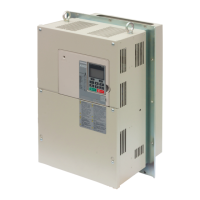
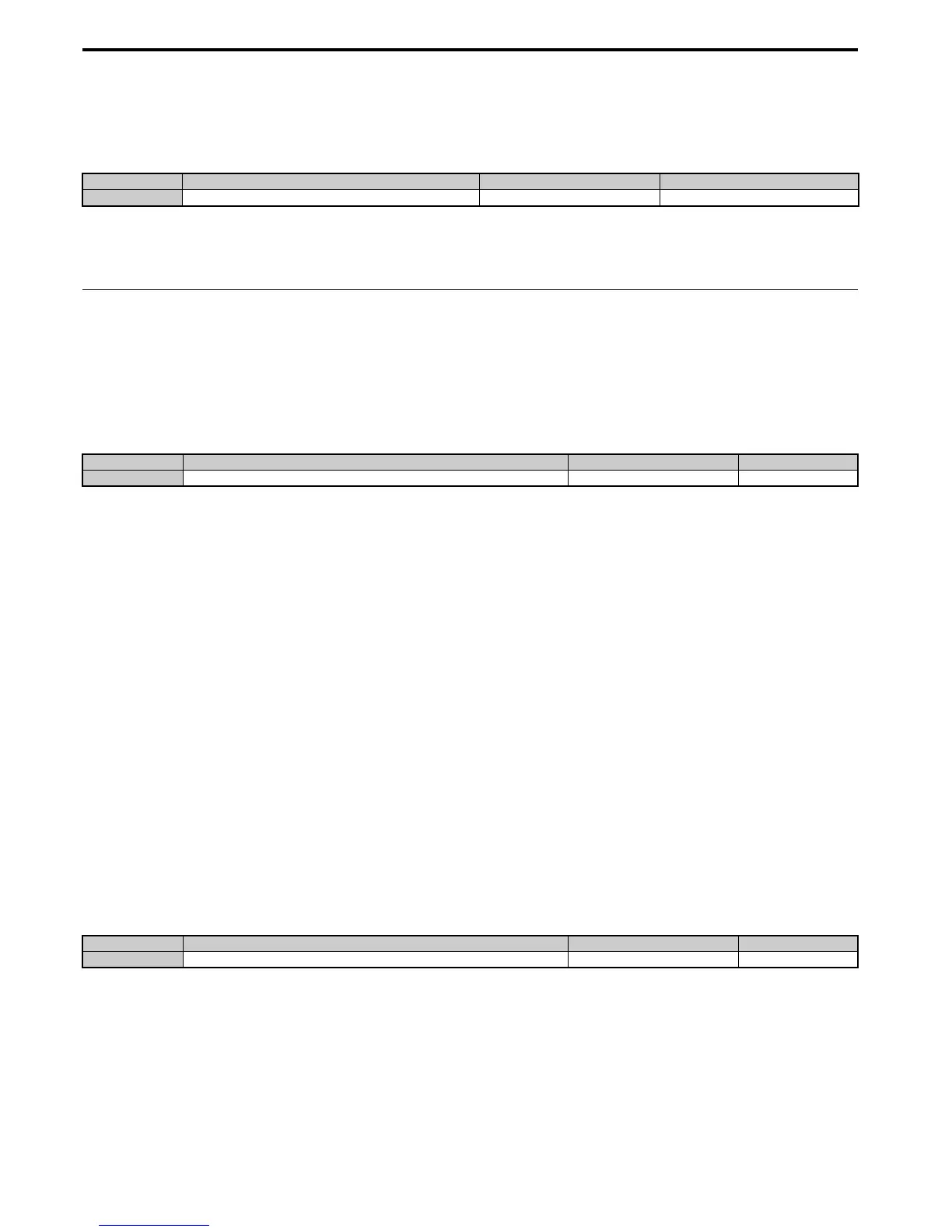